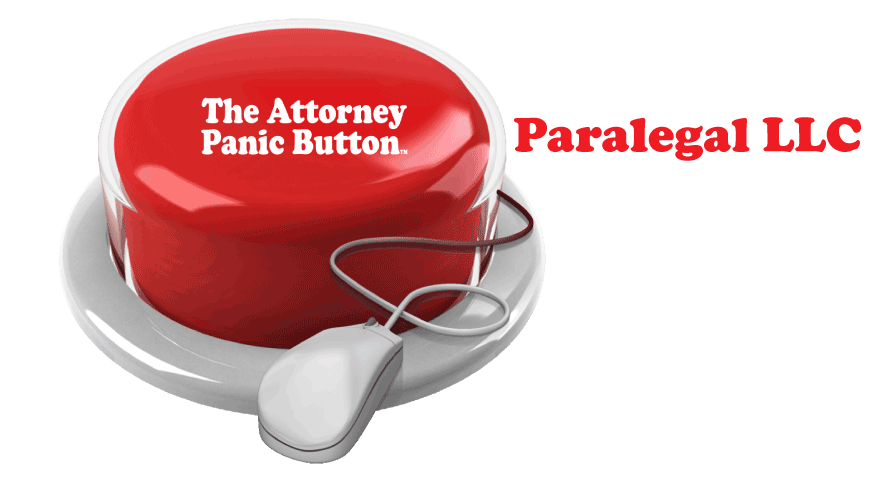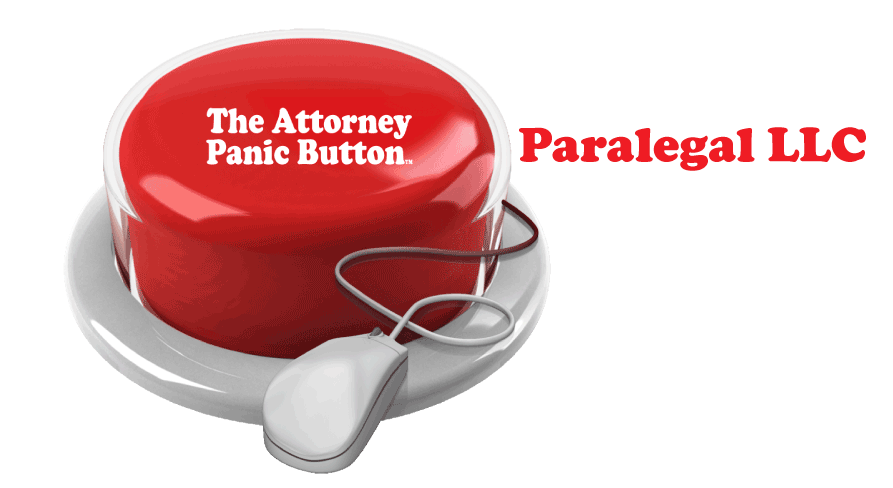Requesting Medical Records
Medical records
For Lawyers and Paralegals
Originally published in 2014 – last updated May 26, 2018
When your law practice involves working with clients who are injured in the workplace or injured due to medical negligence, medical product defect, slips, and falls or car accidents, you will have to request, obtain, and review medical records. Many paralegals and lawyers are confused by the task of requesting medical records. Best Virtual Paralegal wants to simplify this task by offering some helpful tips.
Many of the items outlined in this post are items, as paralegals, we ask our supervising attorney-clients to provide our office when engaging our services to work on plaintiff personal injury (PI) cases. The best and most efficient way to start requesting records is by creating robust procedures to help your firm get the information you need.
Best Practice Tips
Create a three-part checklist for your paralegal and other admin staff to use as a tool to guide them through the requesting process.
The most common part of this checklist comprises of all the documents and information paralegals need from the injured party. The items on this list help clarify that the contains of case file contains all the information needed to successfully obtain the records you’ll need, as the attorney. This information will help you to successfully negotiate, settle, or litigate the case to WIN. Your checklist should include:
- A list of items to obtain from the client: 1) Copies of EOBS, 2) Copies of insurance cards; 3) Medical and Pharmacy histories; 4) Executed HIPAA Forms.
A list of what your paralegal and admin staff should expect to receive once the request is made; - Common Medical Abbreviations, the International Classification of Diseases (ICD) and the International Classification of Diseases, Clinical Modification (ICD-9-CM) related to the injuries of the client;
- A list of the local rules pertaining to requesting medical records. Presumably, all states have a section in the Rules of Civil Procedure outlining the rules, which your office must adhere to when requesting medical records; and
- A list of the components of the medical records.
The importance of gathering medical histories and EOB from the client
Medical histories from the client including medical and pharmacy histories prior to the injury and subsequent to the incident in question should be collected at the onset of the case. This will create a thumbnail sketch of the client’s medical care prior to the incident, by identifying prescribing healthcare providers as well as documenting medication taken (such as pain medication) to aid in supporting damages, the search for necessary records and in the review of the records.
In addition, you will want to train your paralegal to use the information on the EOBs to help him or her in locating billing and medical records. EOBS are important because some records may not be maintained at the same facility they originate from. And generally, hospitals and healthcare providers can use independent contractors for the billing of their respective services.
Collecting Billing Records
Best Virtual Paralegal keeps a separate checklist for Billing Records, which contains helpful information such as:
- Hospital services and supplies are generally billed by the facility;
- Physician services are usually billed separately;
- Some facilities use third-party companies to handle incoming billing requests;
- Other facilities house billing records and medical records within the same department but use two separate departments or a third-party depository for handling and fulfilling incoming requests; and
- Most hospitals, which are part of a larger network— have one central location, which handles maintaining billing and medical records for multiple hospitals — but the depository location may have individual procedures for each of the many hospitals within the network.
Hopefully, our brief overview and checklist for requesting medical records will help you streamline your internal office procedure.
The post Requesting Medical Records appeared first on Best Virtual Paralegal, LLC.














